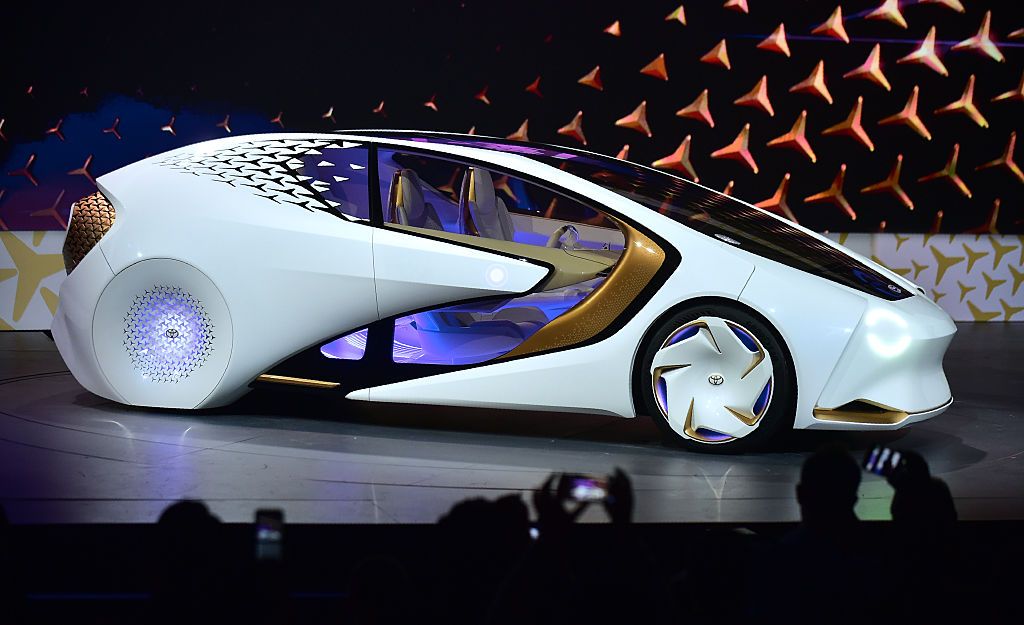With the rise of the management consultant, many companies and corporations are taught to engage in the aspect of self-analysis having to do with Who We Are. But I'm pretty sure that some businesses did something like that even before it became something of a fad. For instance, back in the 1960s Heinz Nordhoff and his top management layer either explicitly or implicitly held the concept that Volkswagen is a builder of rear-mounted, air cooled motor driven cars.
From the original Beetle, the product line was extended in 1961 to the larger, more modern Type 3 with a similar powertrain layout. A few years later, and even larger car was planned, again using that type of powertrain. It became the Type 4, marketed as the 411 (produced 1968-1972) and 412 (built 1972-1974).
This proved to be the last of that type of car, as the realization finally seeped in that it was to some degree a technological dead-end. The acquisition of Auto Union in 1964 led to VW adopting Audi water-cooled motors with front-wheel drive for future models.
Here is an early 411. The Type 4 link mentions that Pininfarina was under contract to VW and the styling is credited to that firm. Unlike the Beetle and Type 3, the 411's wheels are small, something I dislike for aesthetic reasons. Note the shape of the headlight housing: this could accommodate quad headlights as well as the units seen here. Regardless, they clash with the rest of the design and were reworked for the 412s.
Rear three-quarter view of a two-door 411. This aspect is basically well done, though the tail light assemblies are slightly at odds with the other elements.
The Type 4 also came as a squareback / station wagon / break.
A slightly rear-oriented view of a four-door 411. In an ideal world, the beltline should be a little bit higher.
Here is an interesting assembly line photo I stumbled across.
Finally, an image of a 412. Headlight assemblies are still configured for quad lights, but their design is much better integrated to the rest of the car than was the case of the 411. Front end sheet metal also has been reworked, creating the slight wedge look.
With the rise of the management consultant, many companies and corporations are taught to engage in the aspect of self-analysis having to do with Who We Are. But I'm pretty sure that some businesses did something like that even before it became something of a fad. For instance, back in the 1960s Heinz Nordhoff and his top management layer either explicitly or implicitly held the concept that Volkswagen is a builder of rear-mounted, air cooled motor driven cars.
From the original Beetle, the product line was extended in 1961 to the larger, more modern Type 3 with a similar powertrain layout. A few years later, and even larger car was planned, again using that type of powertrain. It became the Type 4, marketed as the 411 (produced 1968-1972) and 412 (built 1972-1974).
This proved to be the last of that type of car, as the realization finally seeped in that it was to some degree a technological dead-end. The acquisition of Auto Union in 1964 led to VW adopting Audi water-cooled motors with front-wheel drive for future models.
Here is an early 411. The Type 4 link mentions that Pininfarina was under contract to VW and the styling is credited to that firm. Unlike the Beetle and Type 3, the 411's wheels are small, something I dislike for aesthetic reasons. Note the shape of the headlight housing: this could accommodate quad headlights as well as the units seen here. Regardless, they clash with the rest of the design and were reworked for the 412s.
Rear three-quarter view of a two-door 411. This aspect is basically well done, though the tail light assemblies are slightly at odds with the other elements.
The Type 4 also came as a squareback / station wagon / break.
A slightly rear-oriented view of a four-door 411. In an ideal world, the beltline should be a little bit higher.
Here is an interesting assembly line photo I stumbled across.
Finally, an image of a 412. Headlight assemblies are still configured for quad lights, but their design is much better integrated to the rest of the car than was the case of the 411. Front end sheet metal also has been reworked, creating the slight wedge look.


















EmoticonEmoticon